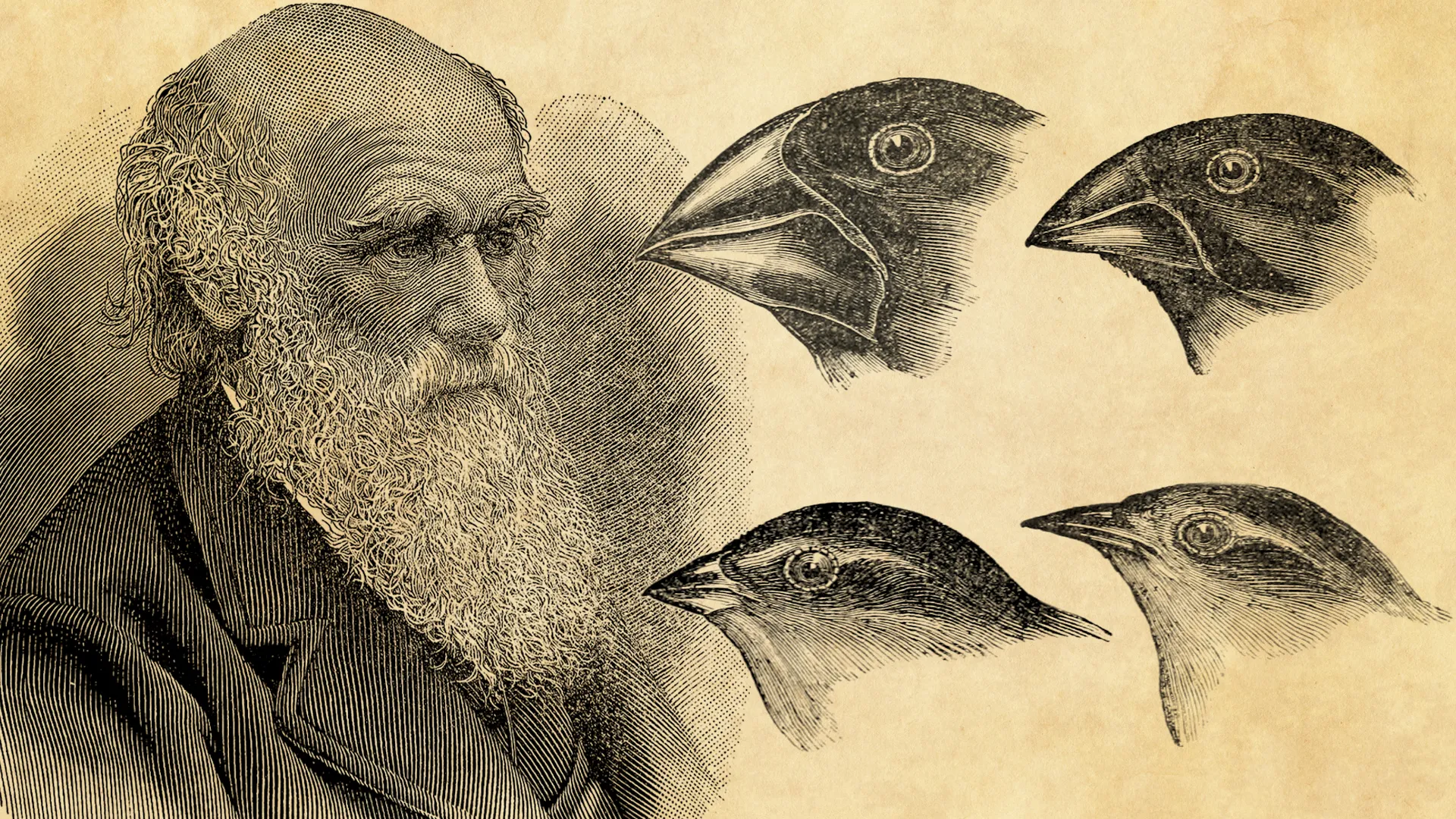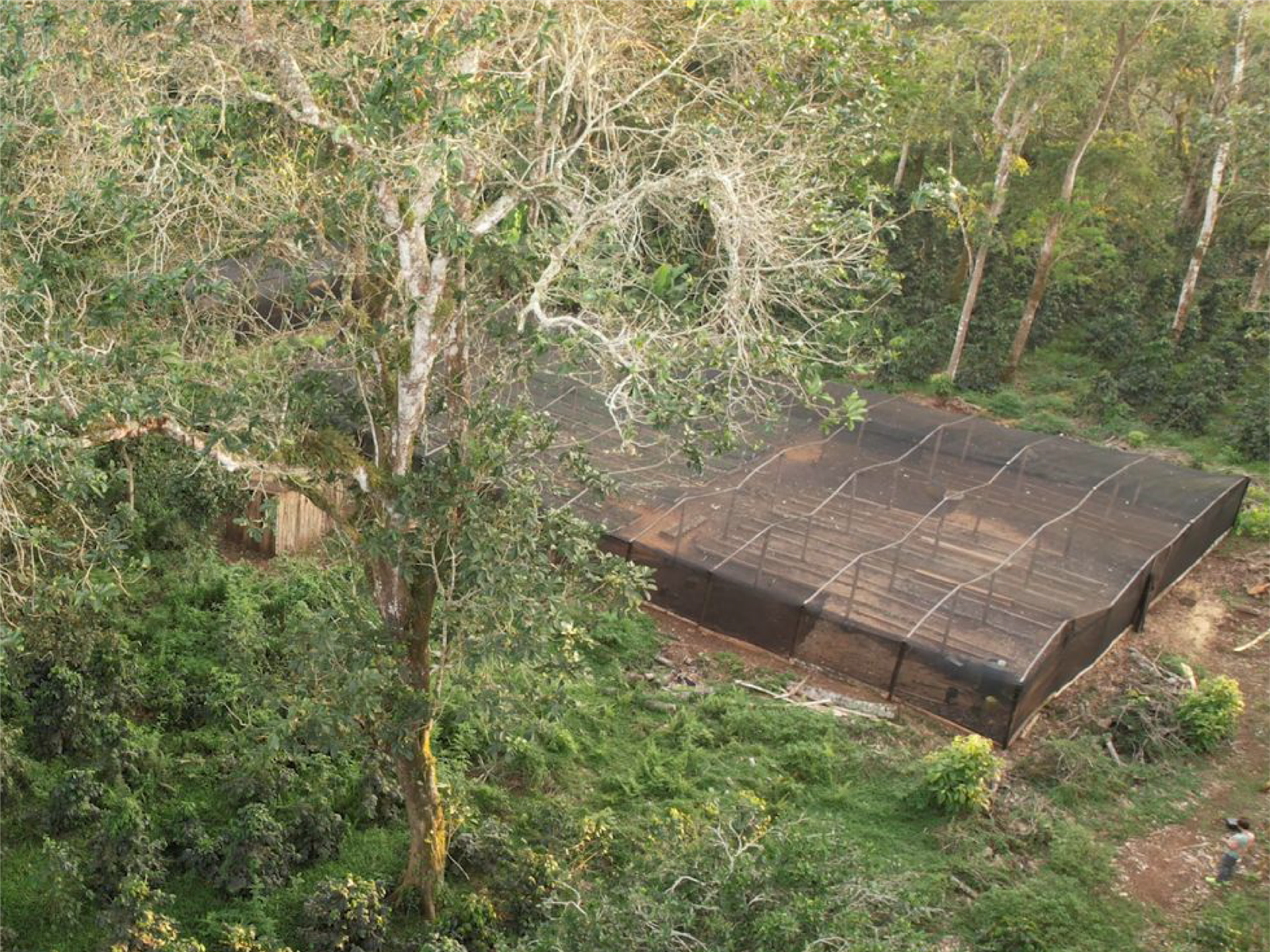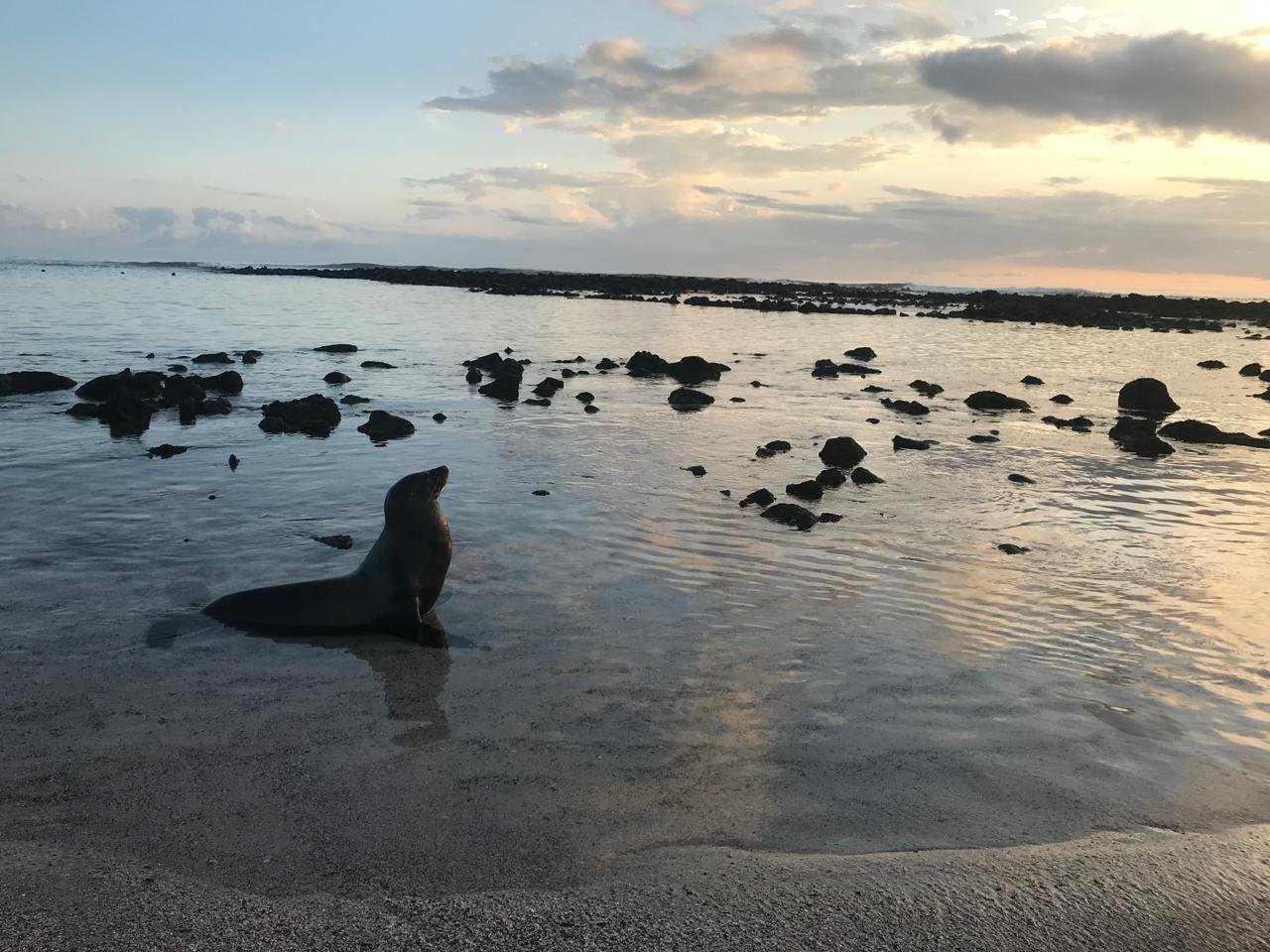
Inspiration for The Great Man
Galapagos finches and their beaks and Charles Darwin's theory of evolution
The Galapagos Coffee is a unique product grown in the Galapagos Islands, where Charles Darwin was inspired to develop his theory of evolution. Galapagos is widely known for its several endemic species, microclimates, volcanic soil, and unique biodiversity. The group of islands is protected as National Park (97% national park, 3% private) and a UNESCO World Heritage Site
Due to the strong microclimates, 500 meters above sea level (masl) in the islands is equivalent to 1,500 meters in the mainland
Galapagos Coffee became the first Starbucks Reserve coffee ever in 2010 and it is frequently showcased in Nespresso's Limited & Exclusive Selection label
Embark on a sensorial journey to the heart of the equatorial Pacific with our specialty coffee from the enchanting Galapagos Islands, from one of the Earth's most pristine ecosystems
| Specifications | Details |
|---|---|
Soil |
Volcanic |
Variety |
Bourbon, Typica/Typica Mejorado (Organic) |
Grade |
Specialty Grade |
Altitude |
350 - 500 masl (Microclimate) equivalent to
1,050-1,500 masl continental/mainland |
Crop |
New crop 2025 |
Screen Size |
15 & Up |
Process |
Hand-picked, fermented for 36 hours, dried on
African beds under shade for 15 days, sun-dried, fully washed |
Notes |
Chamomile Tea
Biscuits Nutty |


The islands' unique coffee, grown in volcanic soil enriched by millennia of natural processes, offers a rich, flavorful tribute to Darwin's enduring legacy

Galapagos finches and their beaks and Charles Darwin's theory of evolution
The Galapagos Islands emerge as the pivotal theatre where nature's quiet drama unfold
Galapagos coffee boasts a unique profile that is the direct result of the archipelago's exceptional microclimate conditions. The islands lie at the confluence of three ocean currents—the cool Humboldt Current, the warm Panama Current, and the deep Cromwell Current. This convergence creates a rare and richly varied microclimate, characterized by nutrient-rich waters that influence the weather and, in turn, the soil on the islands
The volcanic soil of the Galapagos is both a challenge and a boon for coffee growers. It is replete with minerals that coffee plants thrive on, yielding beans that are as rich and complex as the soil from which they sprout. The high altitude, coupled with the equatorial location, allows for a slower maturation of coffee cherries, leading to a denser bean that packs more flavor
It is believed that the original coffee seeds were brought to the islands by the French over 200 years ago and in our plantations we keep many of the same plants with centuries of history
With its limited production, Galapagos coffee is a rare treat. The beans are organic and typically shade-grown, which means the coffee plants are interspersed with other vegetation, mimicking the natural structure of the forest. This practice promotes biodiversity and creates a habitat for local wildlife. The coffee benefits from the natural compost of the surrounding flora, which enriches the soil further and enhances the beans' flavor profile

